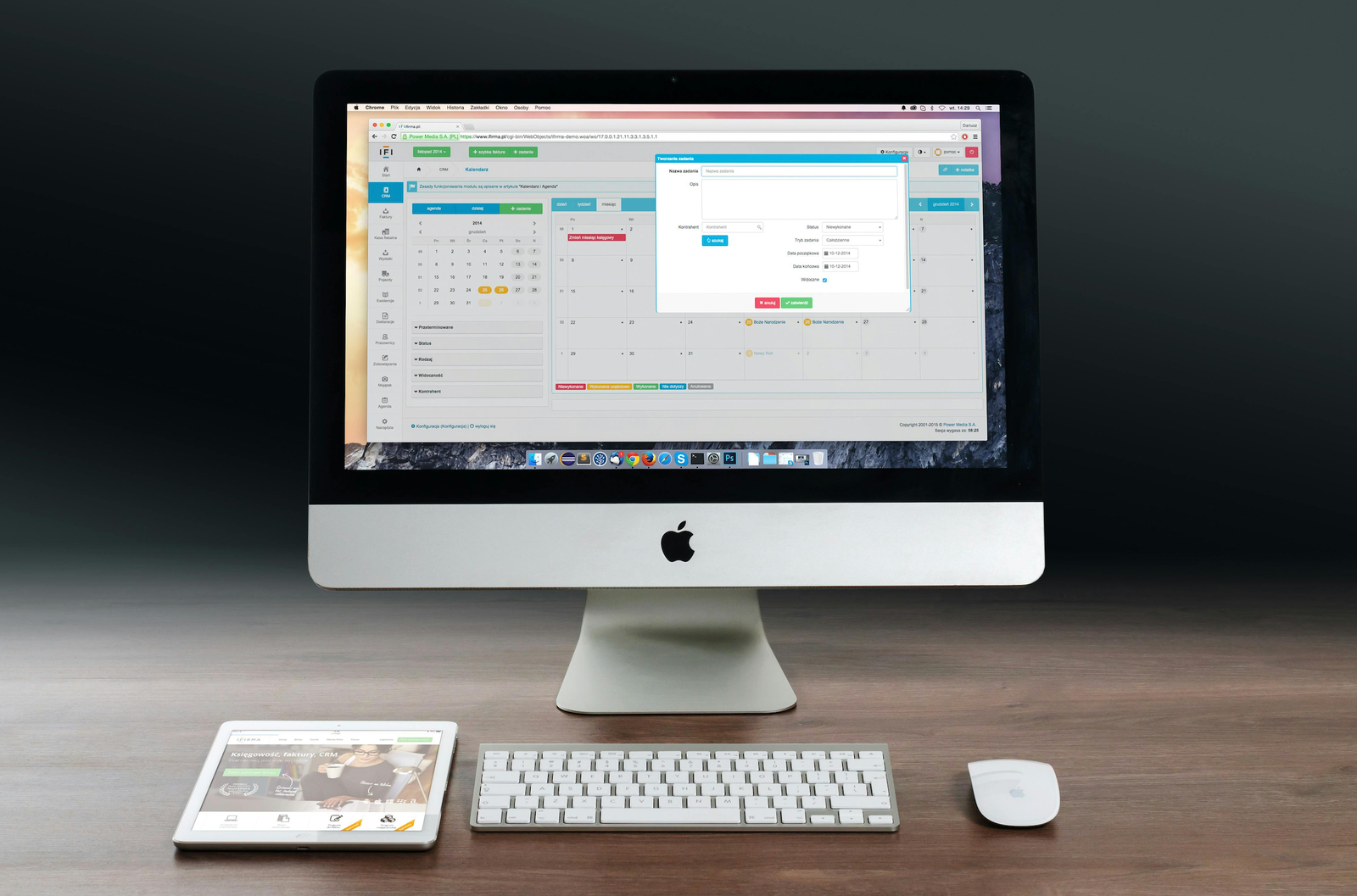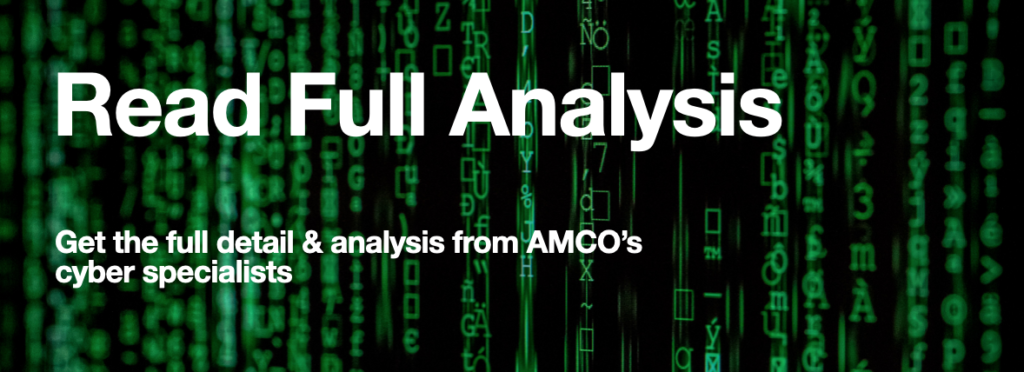
60-Seconds Summary
Despite common misconceptions, Macs aren’t invulnerable. Strong security features like Gatekeeper and FileVault help, but no system is immune.
- Common Hacks: Exploiting software flaws, macOS-targeted malware (e.g., KeRanger), phishing attacks, and public Wi-Fi vulnerabilities.
- Notable Hacks: The iCloud breach (2016) and Zoom vulnerability (2019) show macOS is not immune to threats.
AMCO’s Top Security Tips
- Update regularly: Keep macOS and software up to date.
- Secure access: Use strong passwords, two-factor authentication, and trusted software.
- Enhance protection: Install antivirus software, avoid phishing, and use a VPN on public networks.
Learn more & get details
To learn more about this subject, read our team’s full analysis below . . .

Why Do People Think Macs Are Unhackable?
It is a common misconceptions that Macs are safe from hacking. These are based on a few factors:
UNIX-Based Operating System
macOS is built on UNIX, which provides strong security protections by default. These include app sandboxing, restrictive user permissions, and other design principles that limit malware’s ability to spread.
Market Share Myths
For many years, Windows dominated the computer industry, making it the primary target for hackers seeking maximum impact. Macs were perceived as safer by default because their smaller market share made them less attractive targets.
Apple’s Marketing
Apple has successfully marketed its products as safer alternatives to competitors, creating the impression that Macs are “immune” to hackers or viruses. While macOS has robust security features, the idea of complete invulnerability is more marketing hype than reality.
How does Apple secure macOS?
- Gatekeeper: Blocks unauthorized software from running unless downloaded from the App Store or a verified developer.
- System Integrity Protection (SIP): Prevents malicious software from modifying critical system files.
- XProtect: Built-in malware detection that automatically scans files for known threats.
- FileVault: Encrypts the entire disk to protect data from unauthorized access.
- T2 Security Chip: A hardware feature in newer Macs that enhances encryption and secures sensitive data.
How can Macs be hacked?
Hackers continually develop new methods to bypass security measures, and macOS is no exception. Here’s how Macs can be hacked:
Exploiting software vulnerabilities
Cybercriminals exploit vulnerabilities in all operating systems, including macOS. Apple frequently releases security patches to address flaws that could be used to gain unauthorized access. Delaying these updates increases the risk of attacks.
Malware for macOS
Although macOS malware is less common than Windows malware, it is on the rise. Notable examples include:
- KeRanger: The first ransomware targeting macOS, which encrypts user files and demands payment for decryption.
- Silver Sparrow: A mysterious malware discovered in 2021, designed to target Apple’s M1 processors.
- MacDownloader: Spyware disguised as legitimate software, used to steal sensitive information.
Social engineering attacks
Hackers often bypass advanced security measures by deceiving users through phishing emails, fake websites, or malicious ads. Even on a Mac, clicking a deceptive link or downloading a fraudulent app can lead to data theft or malware infection.
Supply chain attacks
These attacks target software developers or suppliers rather than individual users. If hackers infiltrate a legitimate app used by Mac users, they can insert malicious code that spreads when the software is downloaded.
Public Wi-Fi and Man-in-the-Middle attacks
Mac users connecting to unsecured public Wi-Fi networks are vulnerable to man-in-the-middle (MITM) attacks, where hackers intercept data exchanged between the device and the internet. This can expose sensitive information like passwords and credit card details.
Famous Mac Hacks
Several notable cases demonstrate that macOS is not invincible:
- 2016 iCloud Celebrity Hack: Hackers exploited weak passwords to access celebrity iCloud accounts, leaking sensitive photos. This highlights the importance of strong passwords and security hygiene.
- Zoom Vulnerability (2019): A flaw in Zoom’s macOS app allowed hackers to activate a Mac’s camera without user consent.
- Thunderstrike Attack: A hardware-level attack exploiting thunderbolt connectors to install malicious software on Macs.
How to Protect Your Mac
1. Keep macOS Updated
Install updates promptly to ensure your system has the latest security patches.
2. Use Strong Passwords
Create unique, strong passwords for your Mac and all accounts. Use a password manager for added convenience and security.
3. Enable Two-Factor Authentication (2FA)
Add an extra layer of protection by enabling 2FA for your Apple ID and other accounts.
4. Download Software from Trusted Sources
Only download apps from the Mac App Store or verified developers. Avoid pirated software, which often contains malware.
5. Install Antivirus Software
While macOS includes built-in malware detection, a reputable third-party antivirus program can provide additional protection.
6. Beware of Phishing Attempts
Be cautious of suspicious links or attachments, even if they appear to come from trusted sources.
7. Use a VPN on Public Wi-Fi
A VPN encrypts your internet connection, making it harder for hackers to intercept your data on public networks.
8. Disable Unused Features
Turn off sharing features like AirDrop and file sharing when not in use to reduce potential vulnerabilities.

AMCO’s Recommendations
- Install updates quickly: Ensure macOS is always up to date to avoid security risks.
- Use strong, unique passwords: Create strong passwords for your Mac and accounts, using a password manager if needed.
- Enable Two-Factor Authentication: Add 2FA for extra security on important accounts.
- Download software from trusted sources: Only get apps from the App Store or verified developers.
- Install an antivirus: Use a trusted antivirus for additional protection.
- Be aware of phishing: Avoid suspicious links and attachments.
- Use a VPN: Protect your data with a VPN on unsecured networks.




Leave a Reply